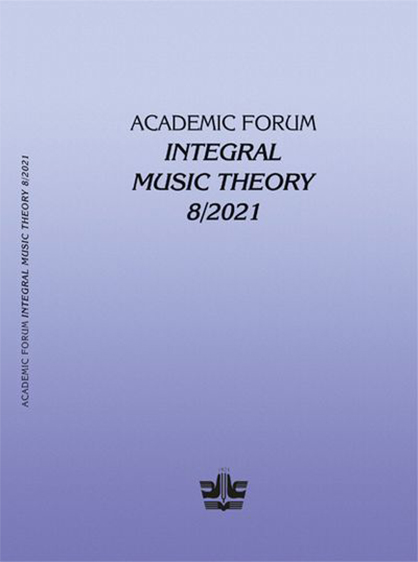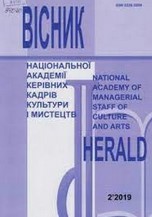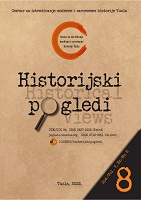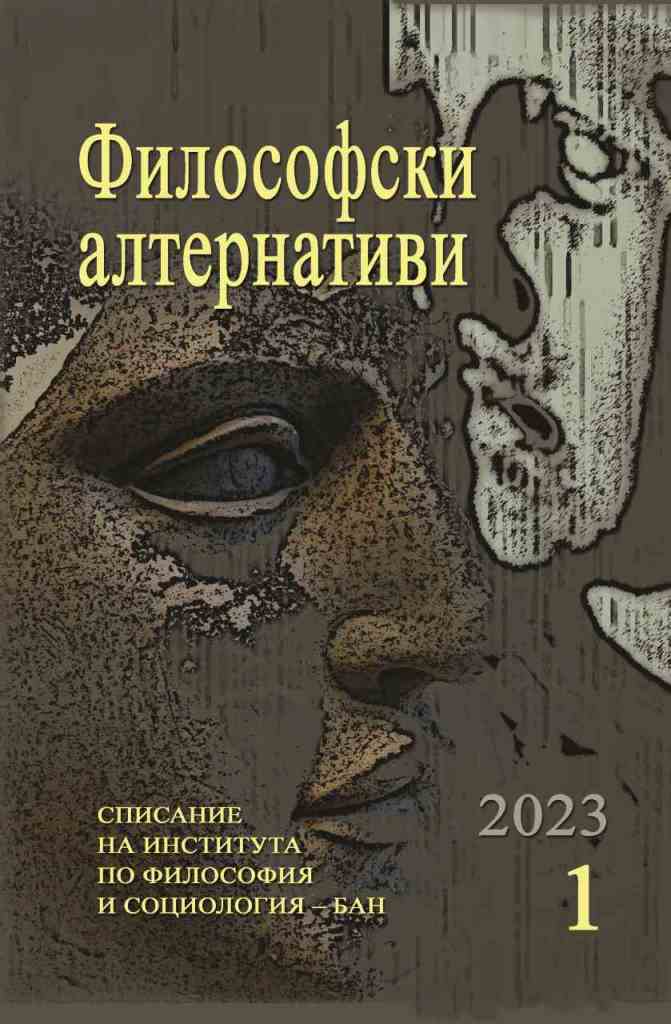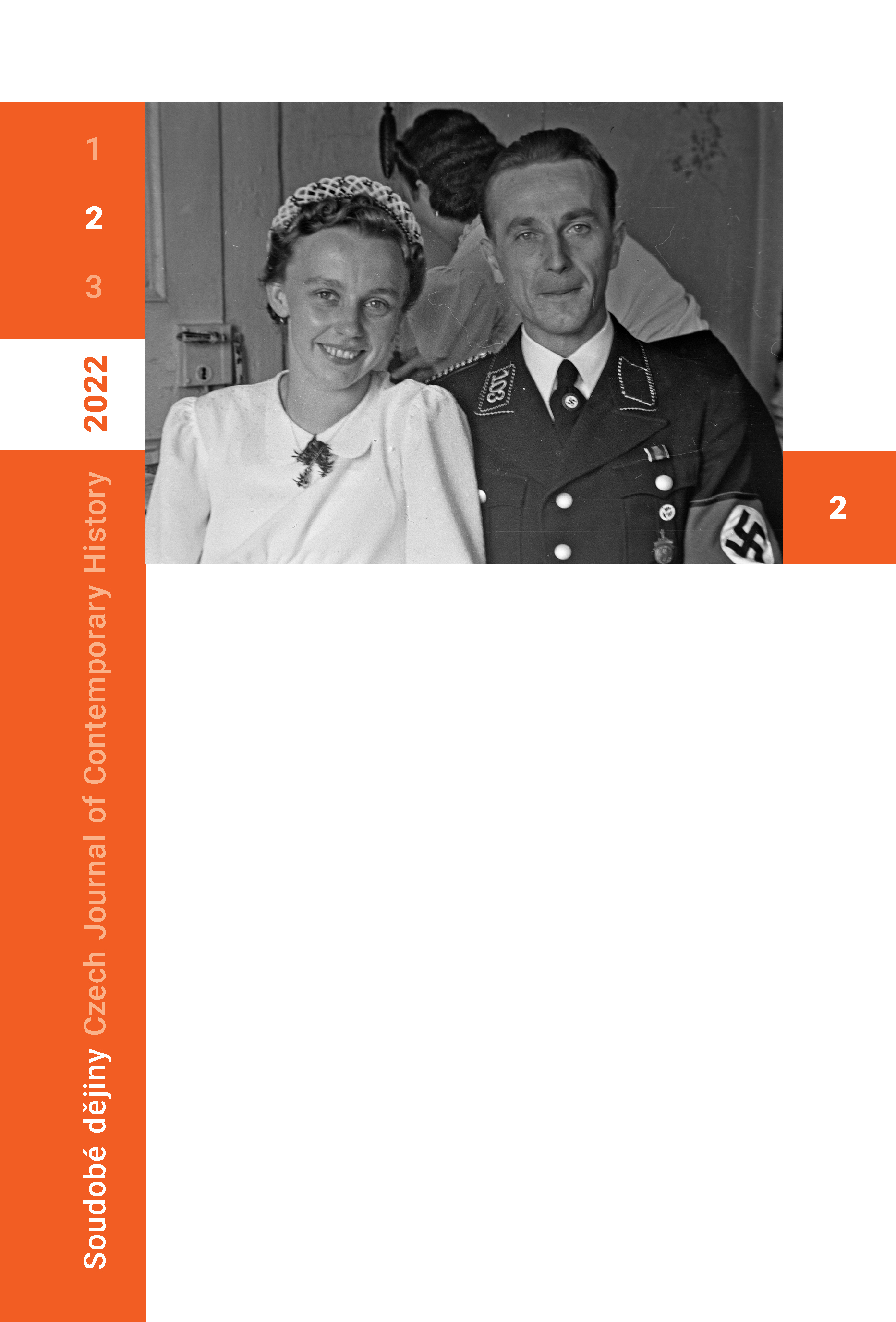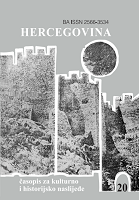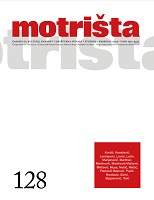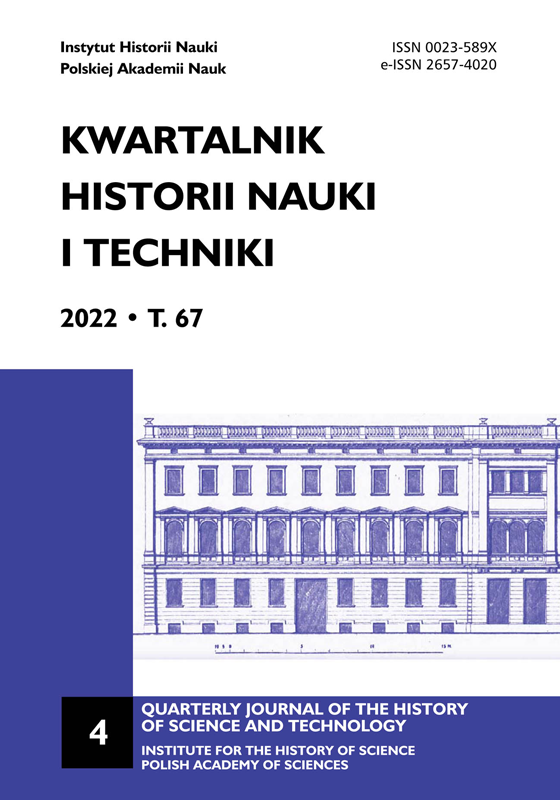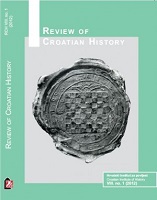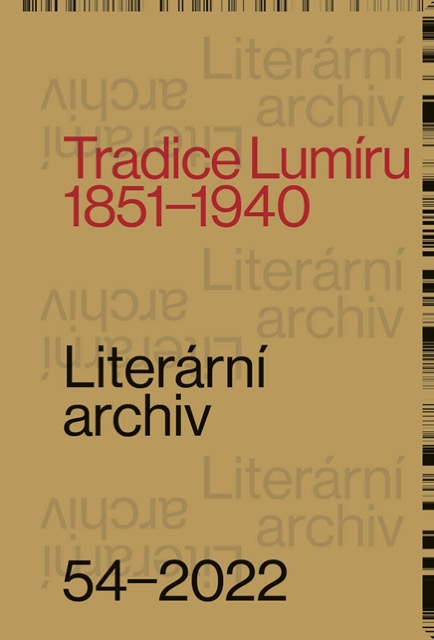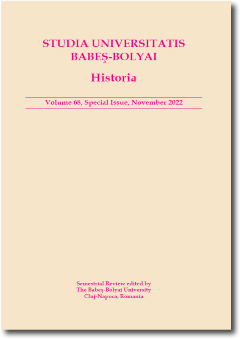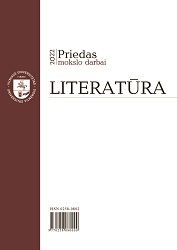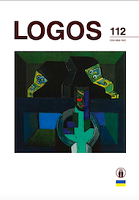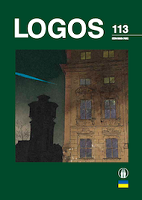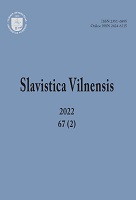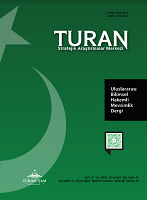Author(s): Burhan Čelebić / Language(s): Montenegrine
Issue: 8/2022
Research and study of sights is not new in the Balkan area. The first important research in this field was carried out by two Bosnian-Herzegovinian researchers, namely Mehmed Mujezinović and Šefik Bešlagić. Those researches were carried out in Bosnia and Herzegovina through three levels - history, epigraphy and art. In addition to these two great men, we also have some other researchers who worked on sights such as Ćiro Truhelka, Antun Hangi, Seid Mustafa Trajlić, Alija Nametak, Alija Bejtić, Džemal Čelić. Often, these and many other authors classified men's sights into ulema, dervish, martyr, pashin, agin, hajji, clerical, etc. They did this, first of all, because of their rich decoration, which is as different as the weapons that are a frequent motif on those sights - shield, sword, bow, mace. It is not difficult to distinguish the sights of men from the niches of buried women. Men's sights are reminiscent of medieval tomb in their dimensions, with the difference that the headboards are represented with creases. Women's sights are significantly different: smaller, more modest and simpler, mostly in the form of a truncated shield, less often, on the frontal edges, decorated with floral motifs, leaves and tree branches. In addition to these ornaments, we also notice some that reflect and symbolize female beauty and elegance. In this section, it should be mentioned to the readers that women's sights could also be characterized in a better way, that is, they could get their own characteristic shapes. For example, until now every female sights has been treated in a broader scope and in the simplest sense as a sights of a deceased woman. Certainly, there were those researchers who classified the sights into stelae and women's caps. All this points to the fact that the division within the circle of women's sights is poor and that this allows deepening and classification in a new and appropriate way. In this sense, we are of the opinion that a new division could be made among women's sights based primarily on their external appearance. Such a starting point gives us the right to classify them into women's sights in the form of a stele, women's sights in the form of pillars with a women's cap and women's sights with solufs. But, even for this division, it could be stated that it is poor and not comprehensive, because women's sights can also be observed and explained from the point of view of social position and affiliation. Large and well-decorated nishans belong to rich women, while those of smaller dimensions and with less decorative ornaments belong to poorer people. Just as the Agin and Pašina sights are very richly decorated and of large dimensions, some women's sights could be classified in a similar category. However, we cannot prove this, because in that case we would have to conduct archaeological research, with the help of which it would be possible to obtain more detailed information that would enable better illumination of the deceased person's belonging to a certain social class. On the other hand, shapes can also help us to chronologically place women's sights in the appropriate century. Steles, as the oldest form, began to be used in a slightly older period of making women's sights, already in the second half of the 15th century, and are still in use today. These niches, initially without Arabic epitaphs, with ornaments that are represented on tombs, were carved mostly in Bosnia and Herzegovina and in a somewhat wider area. In the 17th century, women's nishan got another very different form, in the way that a woman's cap was placed on the columnar sights, which began to receive an Arabic epitaph. With these sights, the upper part is in the shape of an inverted fez, while the lower part has a collar that helps us identify these sights. We also have a sight with solufluks that symbolize women's zulufs and their beauty. With this, we have briefly presented the art and typology of sights from the 15th to the 20th century. There are sights that do not correspond to these types, but we have presented them in this work.
More...
